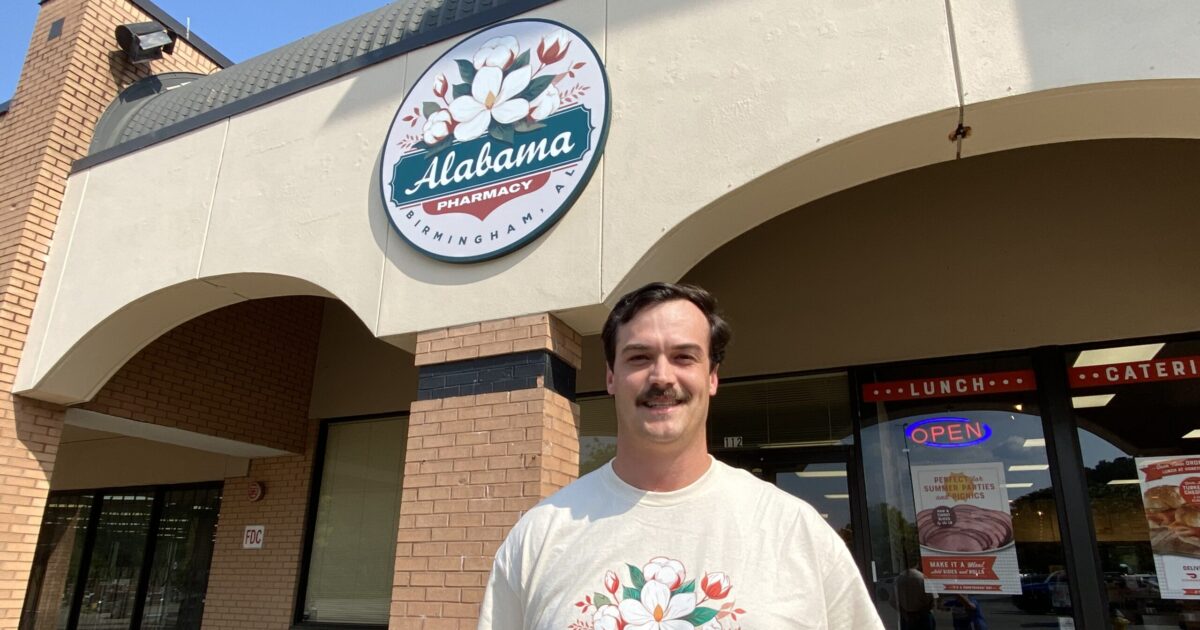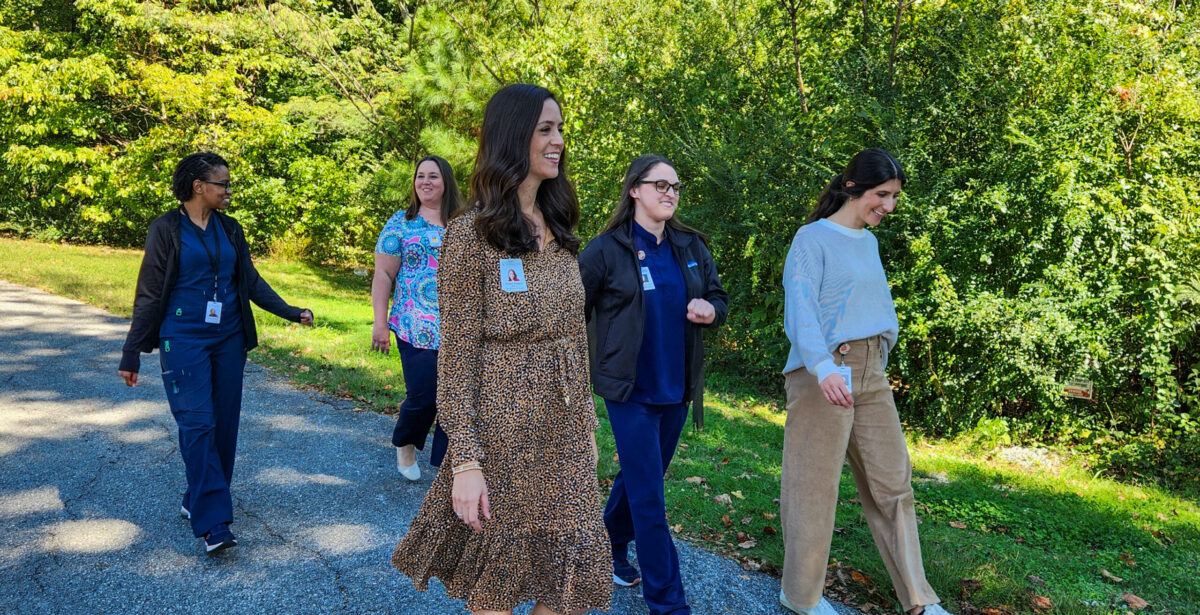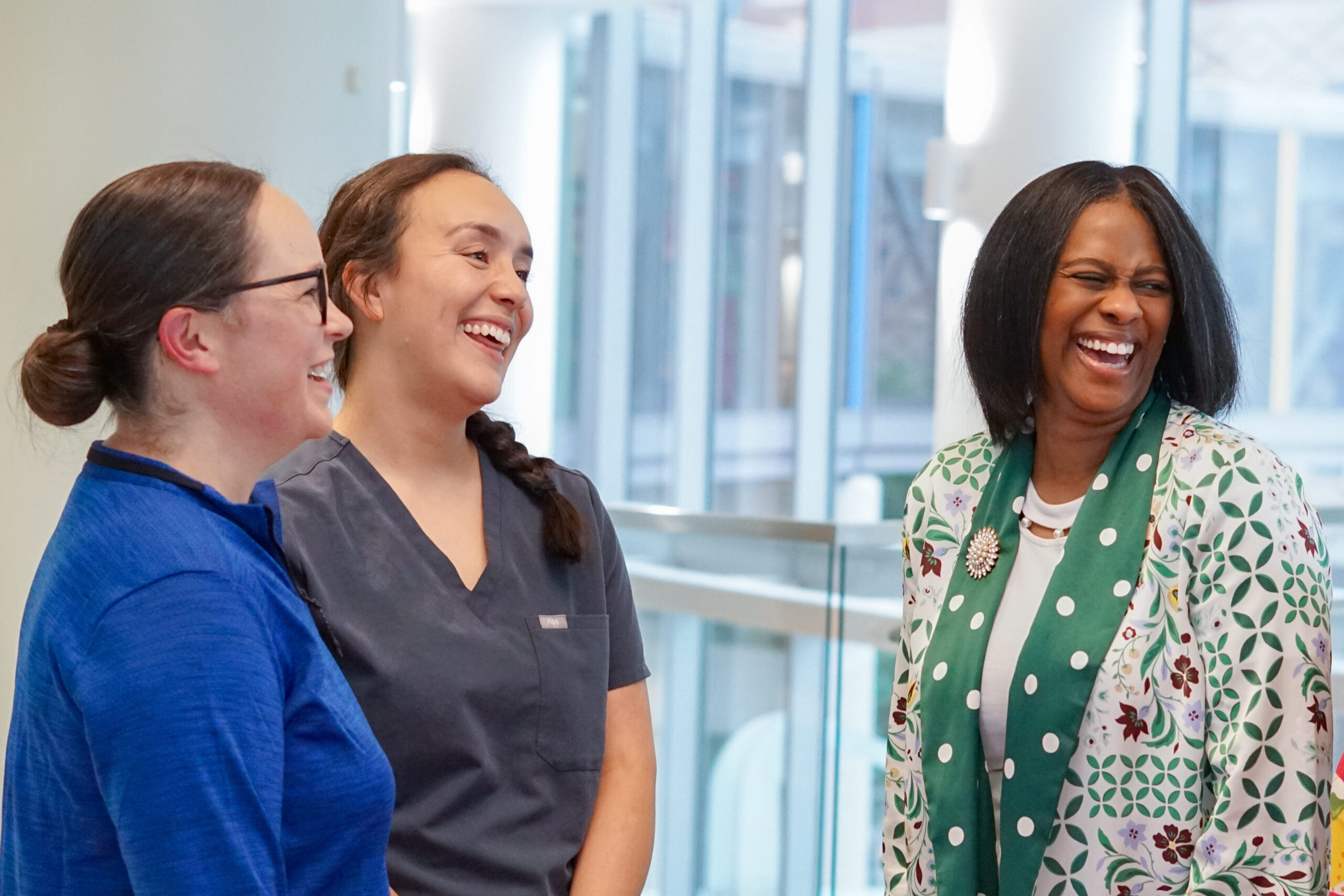COVID’s bad for minority health + how you can get tested in Jefferson County today
Reading time: 6 minutes
Sponsored

COVID-19 has been having a much greater impact on minorities in Birmingham and across the US. We spoke to Dr. Mona Fouad, founder of the Minority Health & Health Disparities Research Center (MHRC) at UAB to find out more. Whether you are a minority or not, if you’re looking for information or want to get tested, call 205-975-CV19 (2819).
Keep reading to find out why COVID is having a stronger impact in minority communities, what local organizations are doing to address the issue in Birmingham and a whole lot more.
⬇️ watch this video ⬇️
Meet Dr. Mona Fouad, the founder of the UAB Minority Health & Health Disparities Research Center

Born in Alexandria, Egypt, Dr. Mona Fouad came to Birmingham in 1980. From the beginning of her time in Birmingham, Dr. Fouad was interested in health disparities. Initially, she worked on a heart disease prevention project with the city of Birmingham and saw vast disparities between the health of hourly sanitation workers—who were mainly African American—and other employees.
She began working with a team that helped develop interventions in the community. By 2002, they had launched a pilot program at UAB that would later become the UAB Minority Health & Health Disparities Research Center.
The beauty of having a university-wide center focusing on these types of health disparities is that they can take a comprehensive approach. They can bring all the disciplines and expertise together, whether it’s diabetes, obesity, high blood pressure and so on.
Know you want to get tested? Call 205-975-CV19 (2819).
Why is COVID having a stronger impact in minority communities in the US?

Dr. Fouad said the Minority Health & Health Disparities Research Center (MHRC) is uniquely positioned to address these issues because they were “in the community long before it was cool.” She’s been knocking on doors since she was a younger investigator, and now there’s a great deal of trust built up in the community not only for her work but for the Center’s work as a whole.
Where the Center was already partnering with organizations in communities, the urgent healthcare needs brought on by COVID have made these partnerships grow stronger and deeper.
The big question so many people have had, though, is why Hispanics and African Americans are experiencing higher rates of COVID-19 in the US. Dr. Fouad cited two key factors:
- Clinical and biological—“As we’ve heard since the beginning, people with diabetes, obesity and heart disease face worse outcomes than others. Hispanics have high rates of diabetes and African Americans have high rates of heart disease and hypertension. Both became high-risk groups when they were infected by COVID. The mortality rate has been higher because of these types of comorbid conditions. These health disparities have been there for years.”

- Social determinants of health—In Alabama, African Americans and Hispanics have limitations in many areas, for example:
- When people live in multigenerational homes, public or overcrowded housing, social distancing is harder because of lack of adequate space.
- Essential work like distributing food, working in grocery stores, sanitation, gas stations—all often times hourly jobs where employees can’t stay home to do their job.
- Labor jobs have a higher rate of exposure and often these people have been the last to be tested. Early on, the first testing sites cost $100-150 per test, until UAB and other organizations set up drive-through testing. But even then, you had to have a car, a referral physician and a cell phone. If you didn’t have transportation and if you weren’t linked to primary care, you got lost in all that.
- This causes many people to wait ‘till they get very sick, and then not only are outcomes bad, but they’ve infected those around them.
- With all the confusing information coming out about COVID, it’s hard for anyone to know what the current guidelines are and where to get information you can trust. As a result, MHRC has worked hard to get useful and reliable information out into the community, including information about who’s most at risk.
Both of these factors, according to Dr. Fouad, have a lot to do with why you see higher infection rates and worse outcomes among African Americans and Hispanics.
What is the UAB Minority Health & Health Disparities Research Center and what is it doing with regard to COVID?

The Center was approved in 2005 by UAB’s board of trustees to become a University-Wide Interdiscipinary Research Center.
What that meant is that a lot of faculty could become members, including people in:
- Medicine
- Nursing
- Public health
- Dentistry
- Optometry
Plus:
- Medical sociologists
- Clinicians
- Behaviorists
- Those working in community and economic development
- Business people
The Center is able to bring people from a lot of disciplines together for training and collaboration.
The Center also benefits from its ties to community organizations. They’ve partnered with faith-based and other community-based organizations, which meant trusting relationships were already in place when COVID hit.
Community-based testing started April 30 and will go through the end of the year

At the beginning, Dr. Fouad’s team was very concerned about people in the community not coming forward to get tested. They did a lot of community engagement to build knowledge and trust. Some of it was faith-based, and some was with community leaders, from commissioners to council members. They worked with the housing authority and distributed fliers at housing communities, school feeding programs and food banks.
The first goal was to spread awareness. After a while, people began to come in to get tested.
They also set up a calling center just for community testing. At the call center, they have patient navigators who’ve been working in communities for a long time. Because of their experience, it’s easier for them to tell if there’s an unspoken issue that needs further probing—for example, fear, mistrust, lack of transportation or ID.
If someone tests positive, these patient navigators help guide patients through the protocols of what to do and help link them with followup care.
Although there’s still a lot of work to do to develop trust on a grassroots level, Birmingham is lucky to be home to groups like the MHRC who are going into the community and doing the work.
If you need information or want to get tested, call 205-975-CV19 (2819).
Sponsored by:



